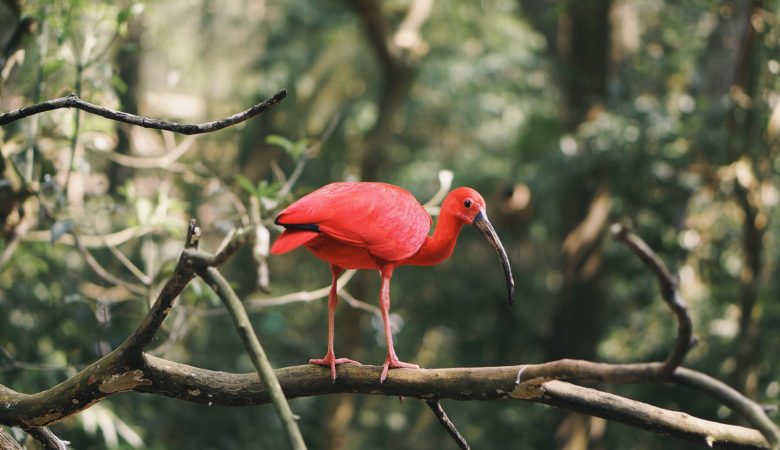14 Animals Once Thought to be Extinct, Now Part of Conservation Efforts

It seems like more species are going extinct as a result of climate change, human development hunting and fishing practices and even evolution—but every once in a while, we find out that they’re not really gone forever.
Although it happens infrequently, this phenomenon has a name: Lazarus species, named after the Biblical character whom Jesus resurrected four days after his death. But how can you just miss the existence an entire species, especially when scientists are looking for them? Scientists have a number of different ways they keep tabs on species—but that doesn’t guarantee they’ll spot them.
Animals that live in densely wooded areas, for example, can easily hide. Technology has made it easier to find them, using drones, hidden cameras and other tools, but it’s never a total guarantee. Here are 14 animals that scientists once thought had gone the way of the dodo bird.
- Arkan forest turtles. Arkan forest turtles have a habit of hiding under leaves and debris on forest floors, which can make them harder to spot. Once thought extinct in 1908, travelers to China discovered them in 1994—in a Chinese food market. Now they’re classified as critically endangered.
- Australian night parrot. Nearly 80 years after they were thought extinct, the Australian night parrot was rediscovered (at night, naturally) in 1990. One scientist finally got a photo of one in 2013.
- Elephants of Java. Elephants are adorable, and the diminutive elephants of Java are even cuter. They were thought extinct for decades, but managed to evade poachers and hunters to survive to this day.
- Naked-backed fruit bats. These bats were declared extinct in 1996, since no one had seen any in over three decades. Five years later, they popped back up again.
- Nelson shrew. The Nelson shrew—a tiny rodent—was first discovered in 1894, and wasn’t seen again until 1994. Scientists suspected that the shrews killed to be taxidermied and displayed at a D.C. natural history museum were the last of their kind, until one was found in Mexico.
- Nocturnal Gracilidris ant. This species of ant has survived ice ages and natural disasters—in fact, they once lived alongside woolly mammoths. Scientists once thought that they were extinct as of 15 million years ago—but recently found some in Argentina, Brazil and Paraguay.
- Palehouse earthworm. These giant earthworms were rediscovered in Washington State after their supposed extinction in the 1980s. Although they are most commonly about a foot in length, they can grow up to five feet long. Yikes.
- Stubfoot toad. Hailing from Colombia, this spotted toad managed to survive an epidemic that killed many other frog and toad species. Scientists had thought them extinct, but recently discovered that they are still around.
- Takahe birds. These big, flightless birds are native to New Zealand. They were thought extinct until 1948, when a few hundred were discovered.
- Terror skink. This lizard gets its name from its long, curved teeth—and it was rediscovered in 2003 after being declared extinct in 1876. It lives in the South Pacific Islands, and is also called “Bocourt’s terrific skink.”
- Tree lobsters. Okay, their real name is actually the Lord Howe stick insect, but this giant Australian (of course) insect looks like a lobster. They were once thought dead, thanks to rats, but were rediscovered in 1960. The Melbourne Zoo is breeding them to ensure they stick around. No word on if they’re as delicious as their marine counterparts.
- Venomous Cuban Solenodon. In 1973, this tiny mole-like species—which uses its venomous saliva for defensive purposes—was found in Cuba.
- West African Coelacanth. This giant fish was once thought to be extinct for 65 million years—but in 1938, a South African museum curator rediscovered the species.
- Wild dogs of New Guinea. These wild dogs—a distant relative of the dingo—were thought to be extinct up until 2017. They’re currently hiding out in a remote mountain area. Scientists have photographed at least 15 of these dogs, so there’s strong evidence that at least one pack still exists.
It’s always great news when a species is rediscovered. The more we can observe and study, the more we learn about how to prevent future extinctions. With conversation efforts underway for the above Lazarus animals, it’s also important to remember that preventing extinct once is a much more favorable route than getting a second chance.

